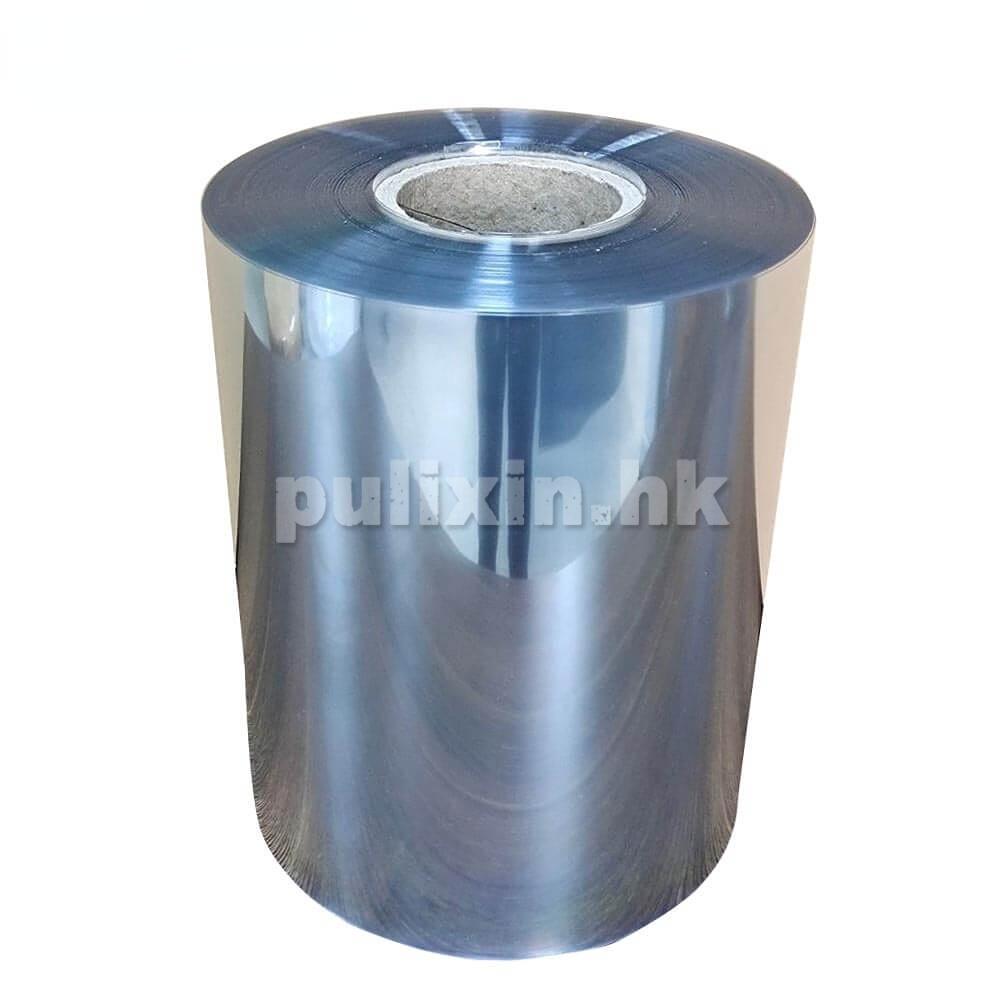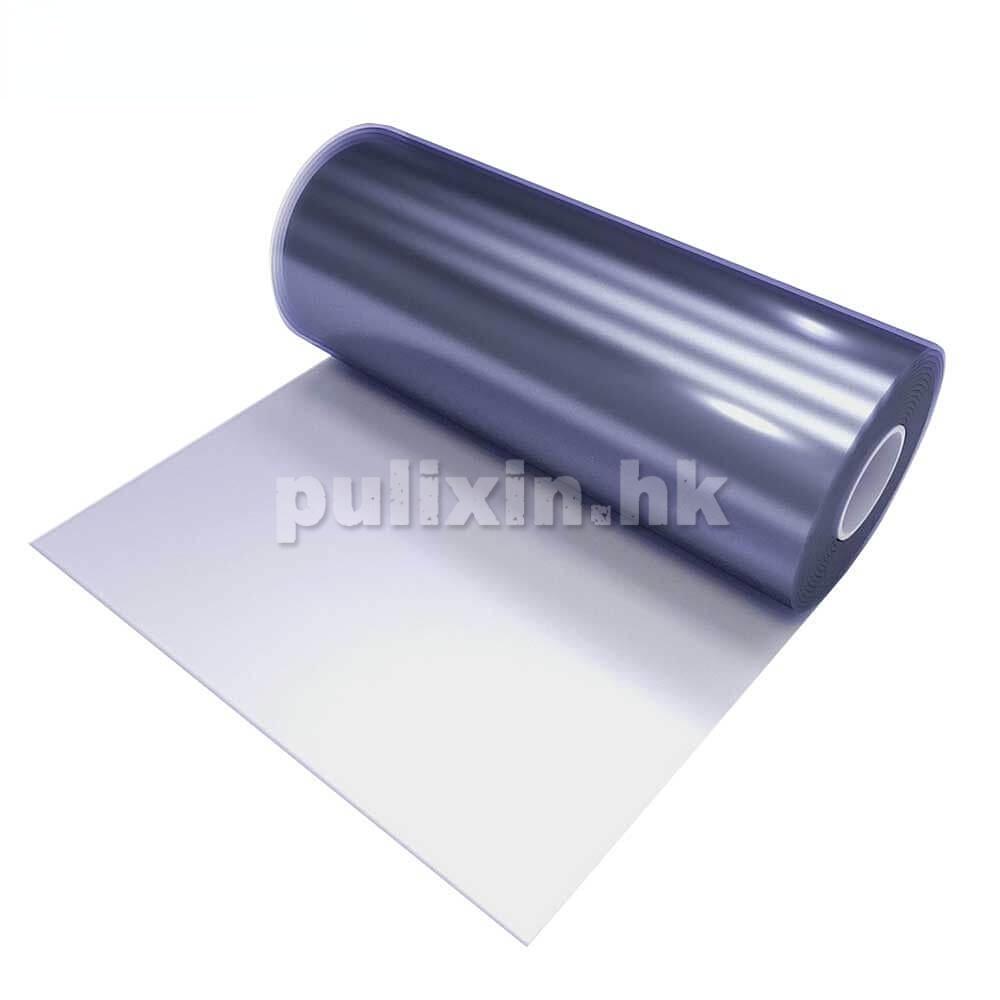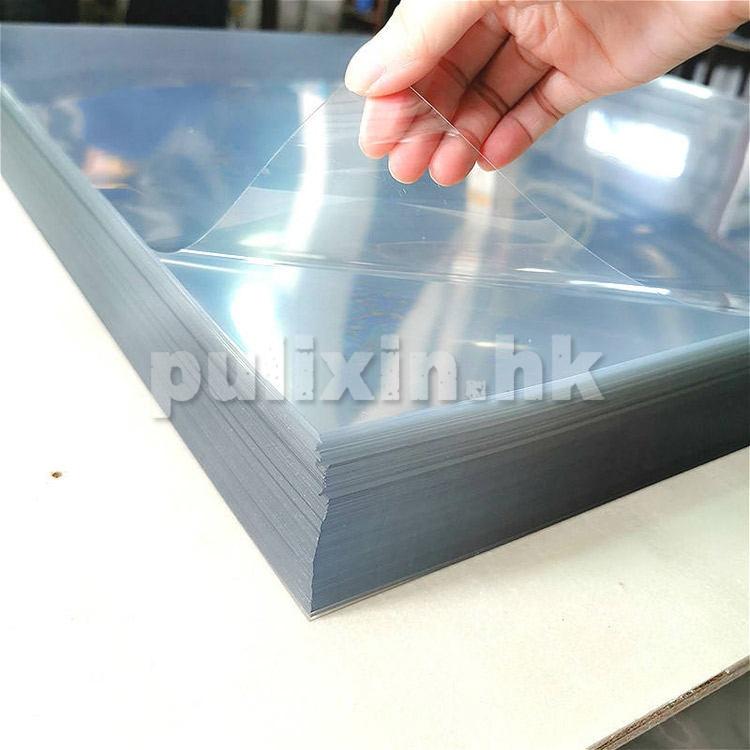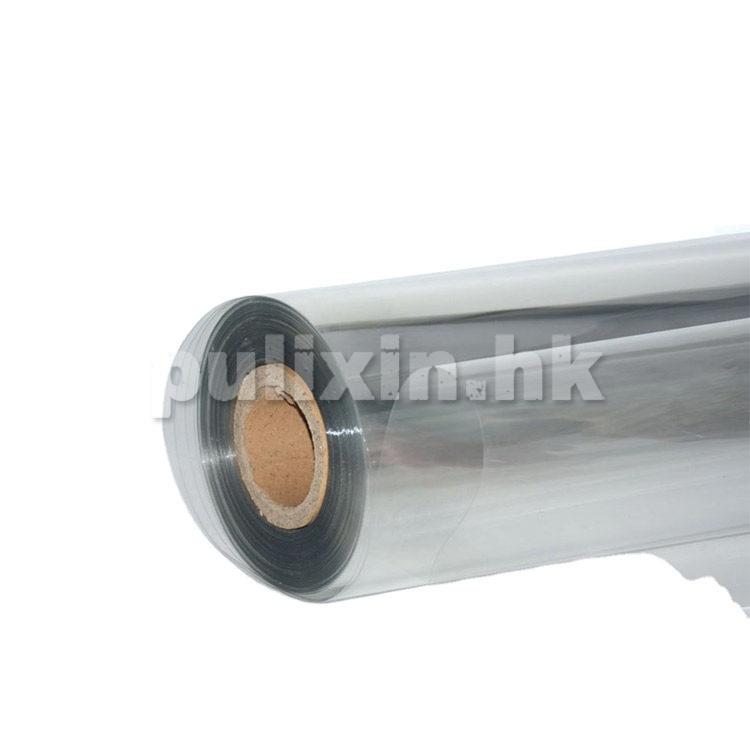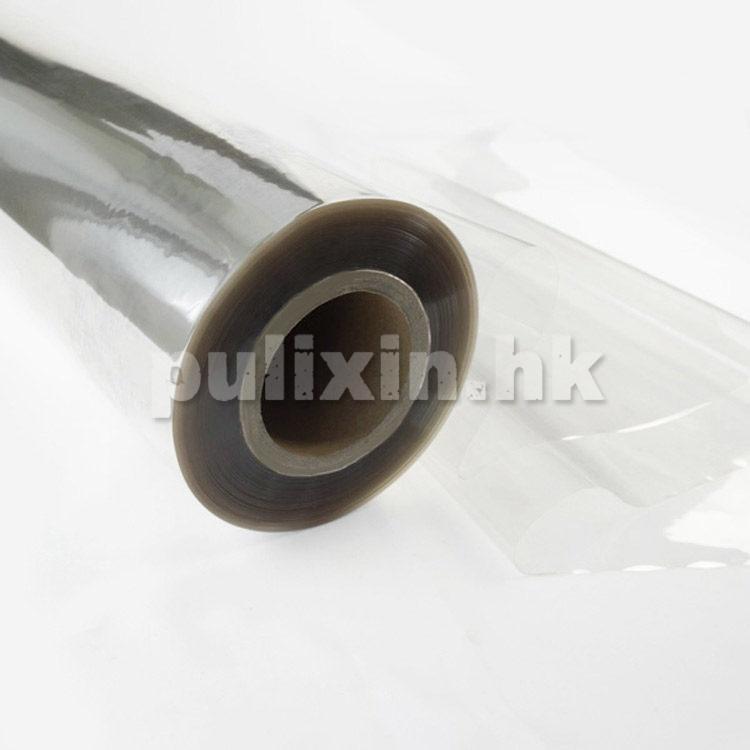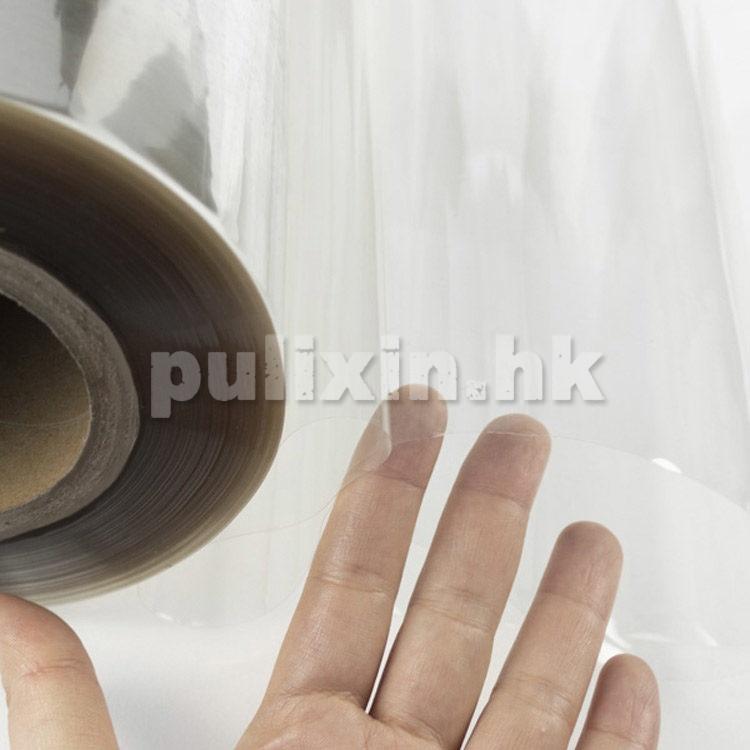How to make PET plastic sheet roll achieve antistatic effect?
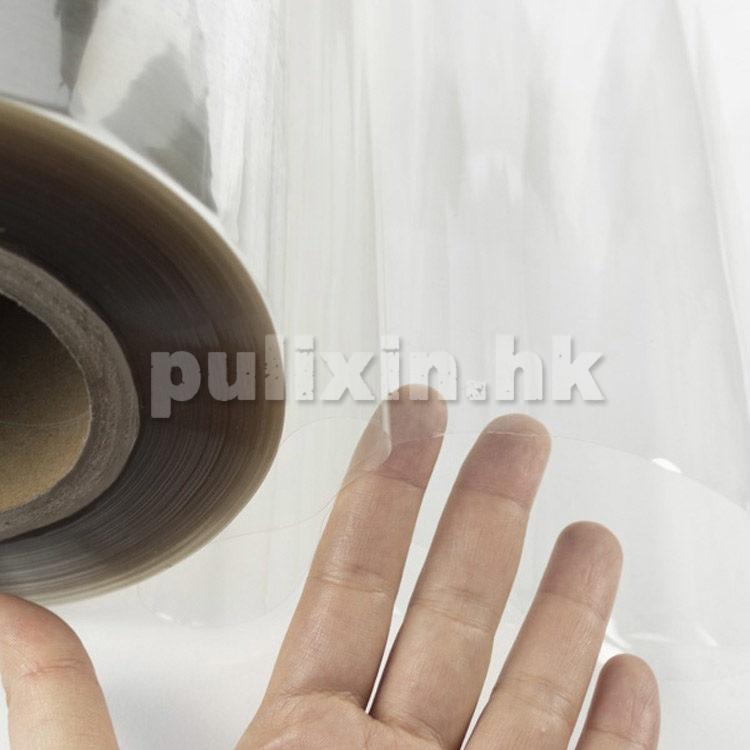
Processing methods of Antistatic PET plastic sheet roll
To make PET plastic sheet rolls achieve an antistatic effect, several methods can be employed. These methods generally involve incorporating antistatic agents into the PET material or applying antistatic coatings to the surface of the sheets. Here are some common approaches:
1. Incorporation of Antistatic Agents
(1) Internal Antistatic Agents: These are additives mixed into the PET resin before or during the extrusion process. They migrate to the surface of the PET sheet over time, providing a lasting antistatic effect. Common internal antistatic agents include quaternary ammonium salts, phosphate esters, and ethoxylated amines.
(2) External Antistatic Agents: These are applied to the surface of the PET sheet after extrusion. They provide a temporary antistatic effect and may require reapplication. Examples include surfactants and conductive polymers.
2. Coating or Laminating with Antistatic Layers
(1) Antistatic Coatings: These can be applied as a spray, dip, or roll-on application. The coatings typically consist of conductive polymers or surfactants that reduce surface resistivity. Common materials include polythiophene, polyaniline, and polyvinyl alcohol.
(2) Antistatic Films: Laminating the PET sheet with an antistatic film or layer can also be effective. These films contain conductive or dissipative materials that provide long-lasting antistatic properties.
3. Surface Treatment Techniques
(1) Corona Discharge Treatment: This method involves exposing the PET sheet to a high-voltage electrical discharge. It increases the surface energy, improving the adhesion of antistatic coatings.
(2) Plasma Treatment: Plasma treatment can modify the surface properties of PET sheets to enhance their antistatic behavior. This method is effective but requires specialized equipment.
4. Incorporation of Conductive Fillers
(1) Carbon Black or Carbon Nanotubes: Adding conductive fillers like carbon black or carbon nanotubes into the PET matrix can significantly reduce surface resistivity and provide a permanent antistatic effect.
(2) Metallic Particles: Incorporating fine metallic particles such as aluminum or silver can also impart antistatic properties to the PET sheets.
5. Blending with Antistatic Polymers
(1) Polymer Blends: Blending PET with inherently antistatic polymers like polyethylene terephthalate glycol-modified (PETG) or certain polycarbonates can improve its antistatic properties.
Steps for Implementation
(2) Selection of Method: Choose the appropriate method based on the desired longevity of the antistatic effect, processing capabilities, and cost considerations.
(3) Preparation: If using internal agents or fillers, thoroughly mix them with the PET resin. For coatings or laminates, prepare the PET surface by cleaning and, if necessary, applying surface treatments like corona discharge.
(4) Application: Apply the selected antistatic method. For internal agents, proceed with the standard extrusion process. For coatings, use the appropriate application technique and allow proper drying or curing.
(5) Testing: After processing, test the PET sheets for surface resistivity and antistatic performance to ensure the desired effect has been achieved.

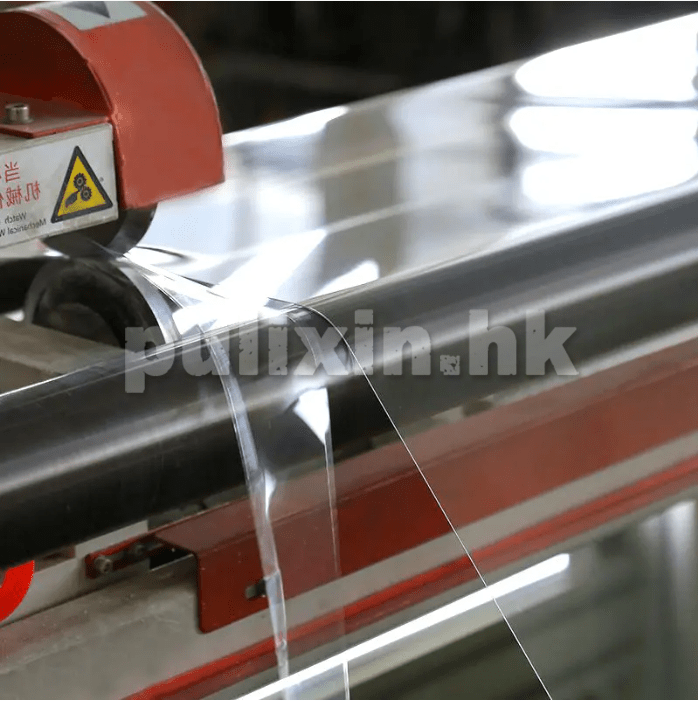
Implementing these techniques effectively will help achieve the desired antistatic properties in PET plastic sheet rolls, reducing issues related to static electricity in various applications.
Antistatic PET plastic sheet roll we offer
| PET sheet type | Width (mm) | Thickness (mm) | Color | Resistance value (Ω) |
|---|---|---|---|---|
| Silicon-coated PET | 300-1400 | 0.18-2.0 | Transparent/Others | / |
| RPET sheet | Transparent/Others | / | ||
| GAG sheet | Transparent/Others | / | ||
| Anti-fog PET | Transparent/Others | / | ||
| High impact PET | Transparent/Others | / | ||
| PET lamination PE | Transparent/Others | / | ||
| PET sheet for electronic | ||||
| Conductive PET | 300-1400 | 0.18-2.0 | Transparent/Others | 10^4-10^6 |
| Semi-conductive PET | Transparent/Others | 10^6-10^9 | ||
| Anti-stactic PET | Transparent/Others | 10^9-10^11 | ||
| Coated PET | Transparent/Others | 10^3-10^6 | ||
More product recommendations - PET plastic sheet roll
